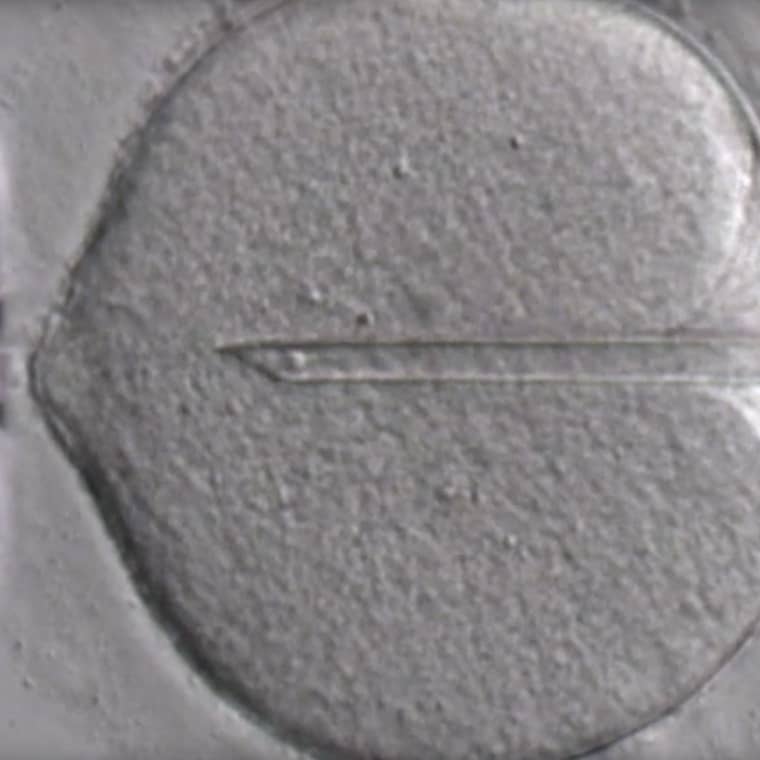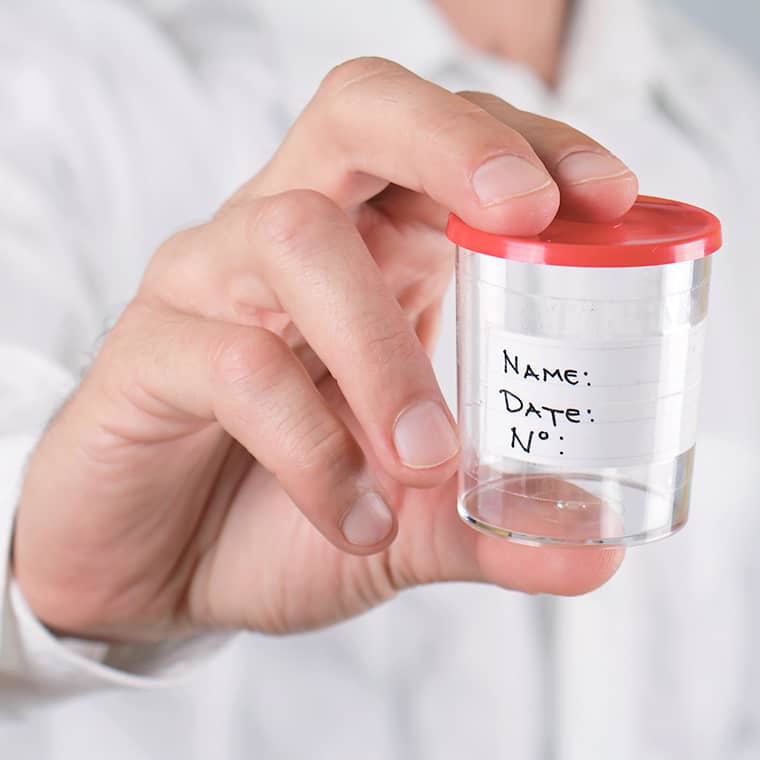
ICSI
Intracytoplasmic sperm injection
This is a technique that is used in In Vitro Fertilisation treatments. It consists in injecting a spermatozoon with the help of a micropipette directly inside the oocyte in order to achieve fertilisation.
In conventional In Vitro Fertilisation each oocyte is fertilised with 100,000 motile spermatozoa and one of them, randomly, penetrates the oocyte’s membrane.
In the past, the ICSI technique was used when the amount of motile spermatozoa was low. Currently, it is also indicated in many other cases to increase pregnancy rates.
In order to achieve success in an IVF treatment, an average of 75% of mature oocytes must be fertilised. In some cases, fertilisation is not achieved or is achieved in very low percentages, maybe because the oocyte membrane makes it difficult or because the spermatozoa have an alteration in the substances of their heads that pierces the membrane. Because of this, ICSI is indicated on the first IVF cycle, in cases of infertility of unknown origin, when there are few oocytes or if we do not want that chance influences the odds of getting a good outcome in the treatment.
The ICSI technique is recommended to try to ensure that there is fertilisation and to avoid failures: As it can be prevented, it is very sad to find out the day after an IVF that no eggs have been fertilised.
Treatments to which you can add this technique
Also select the treatment with which to combine this technique and add it to your budget.
Other options you may need
Add them also to your budget and calculate the total cost.












